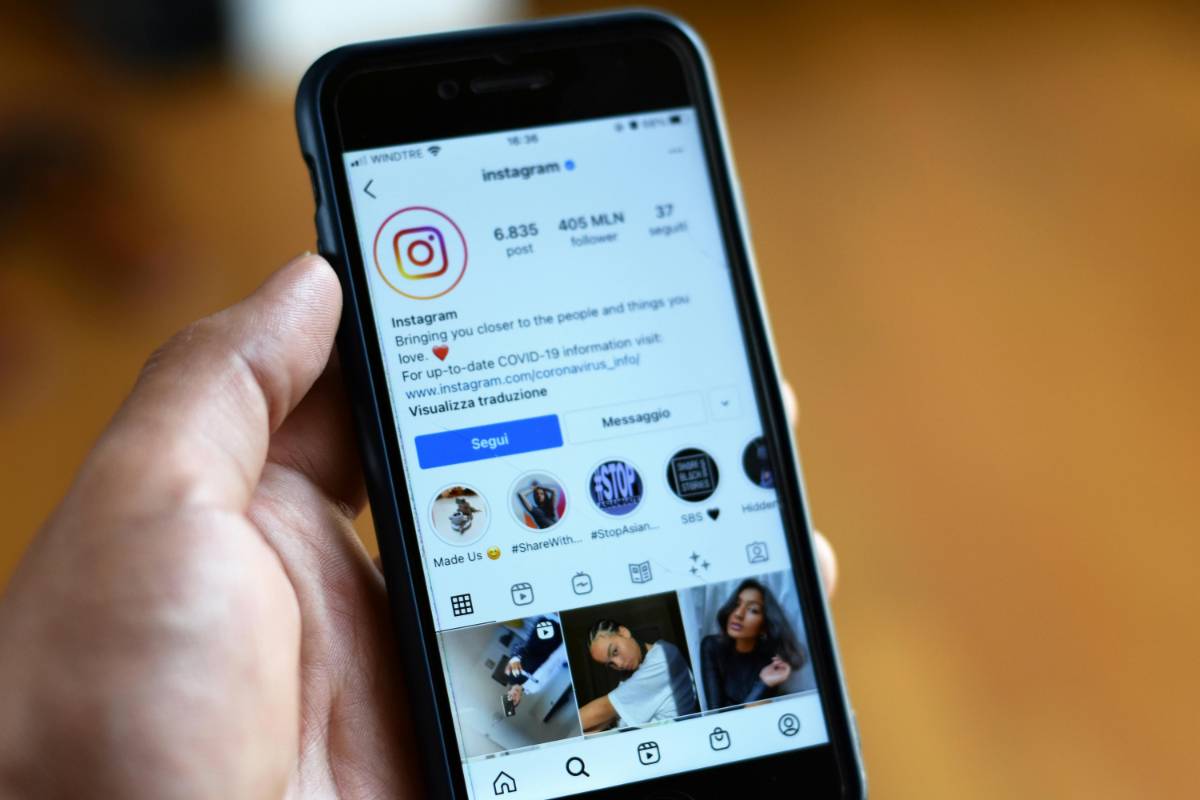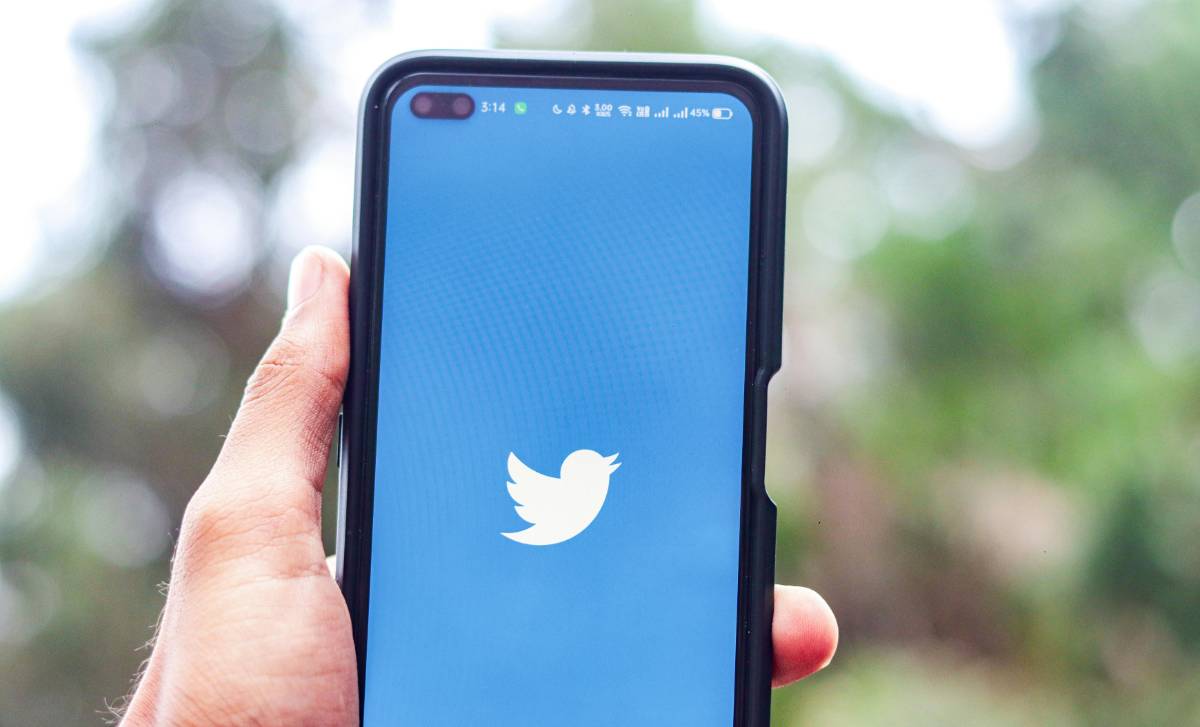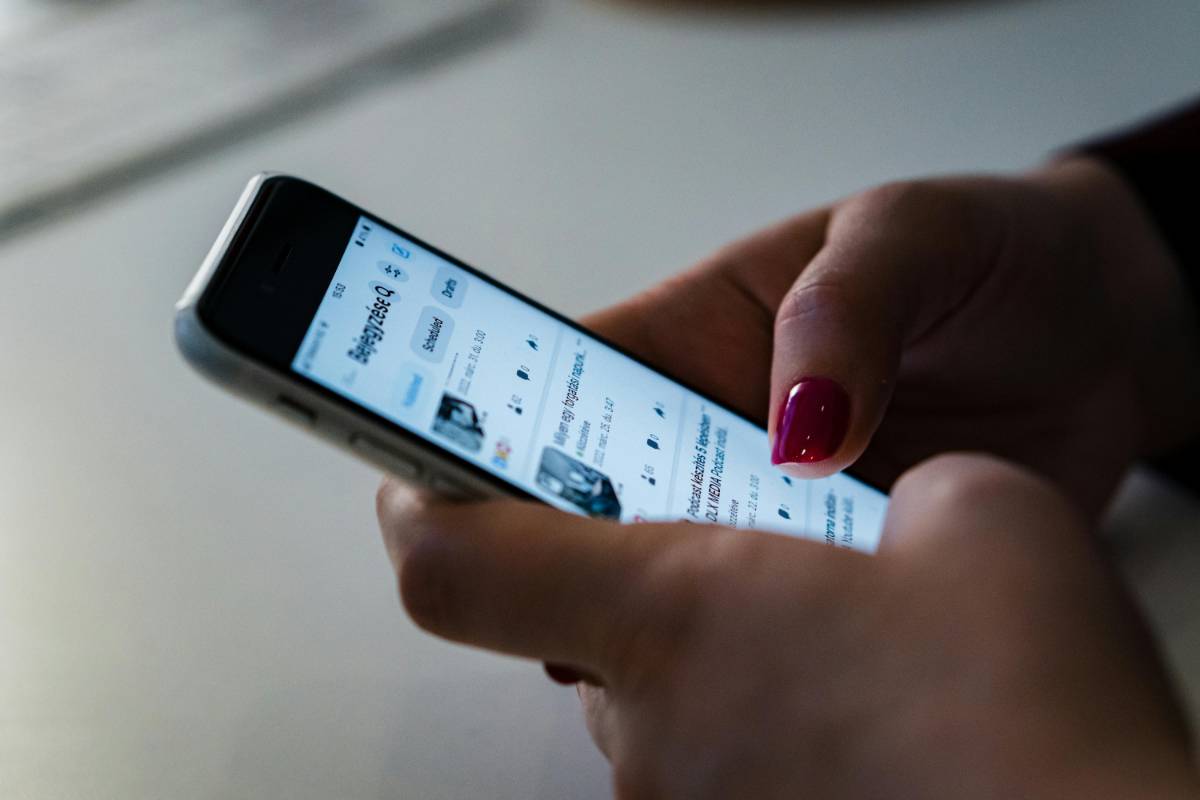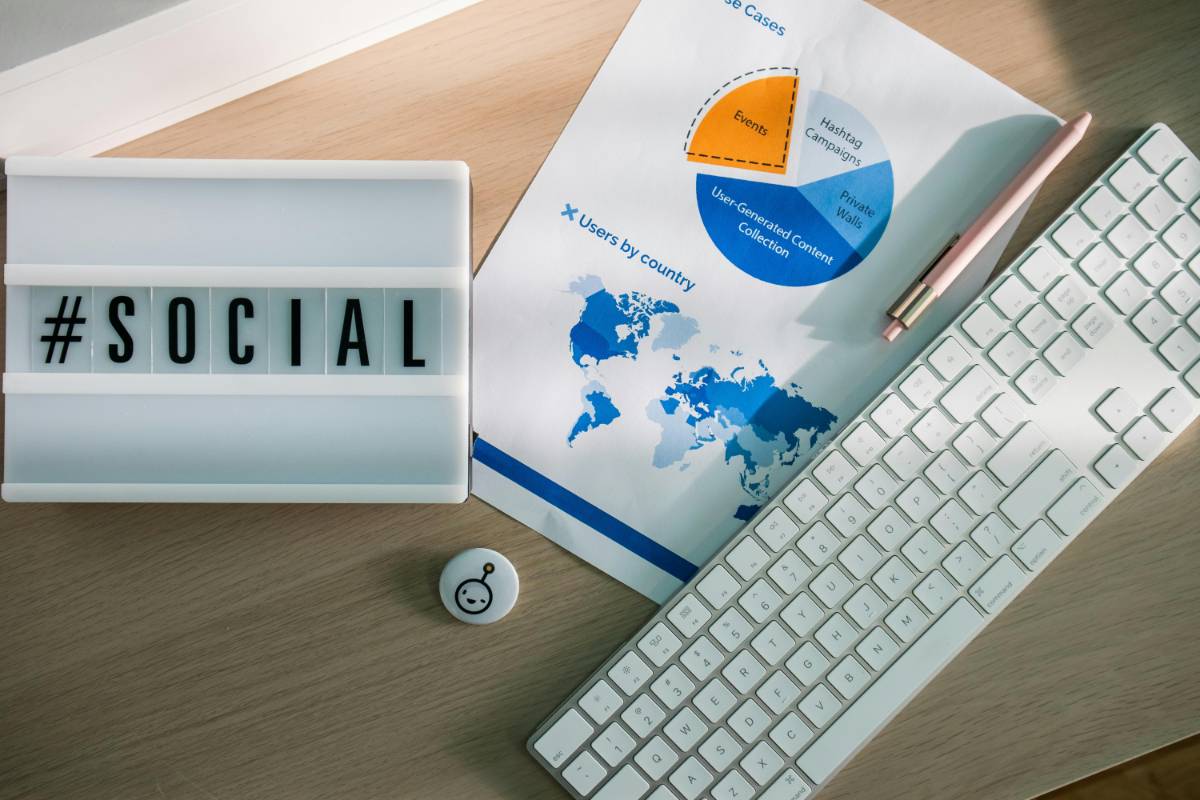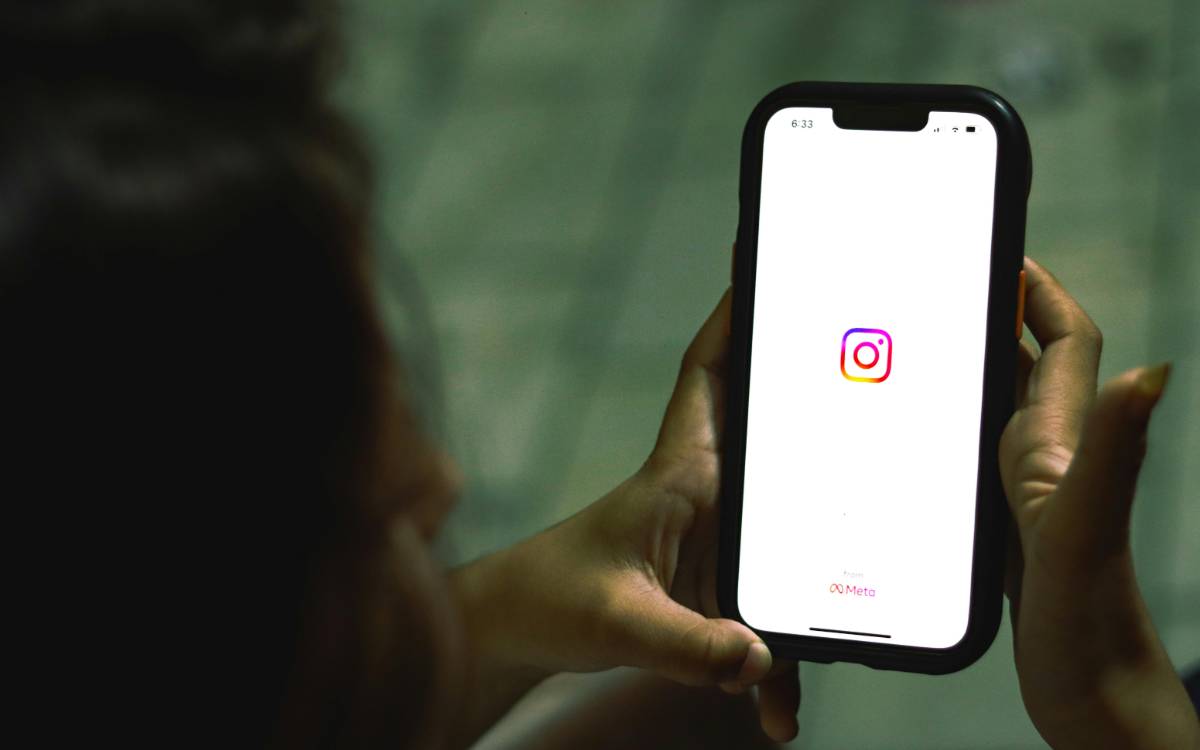The Role of Social Media in Disaster Relief and Community Aid
05 Oct 2025
Read Time: 5 min read
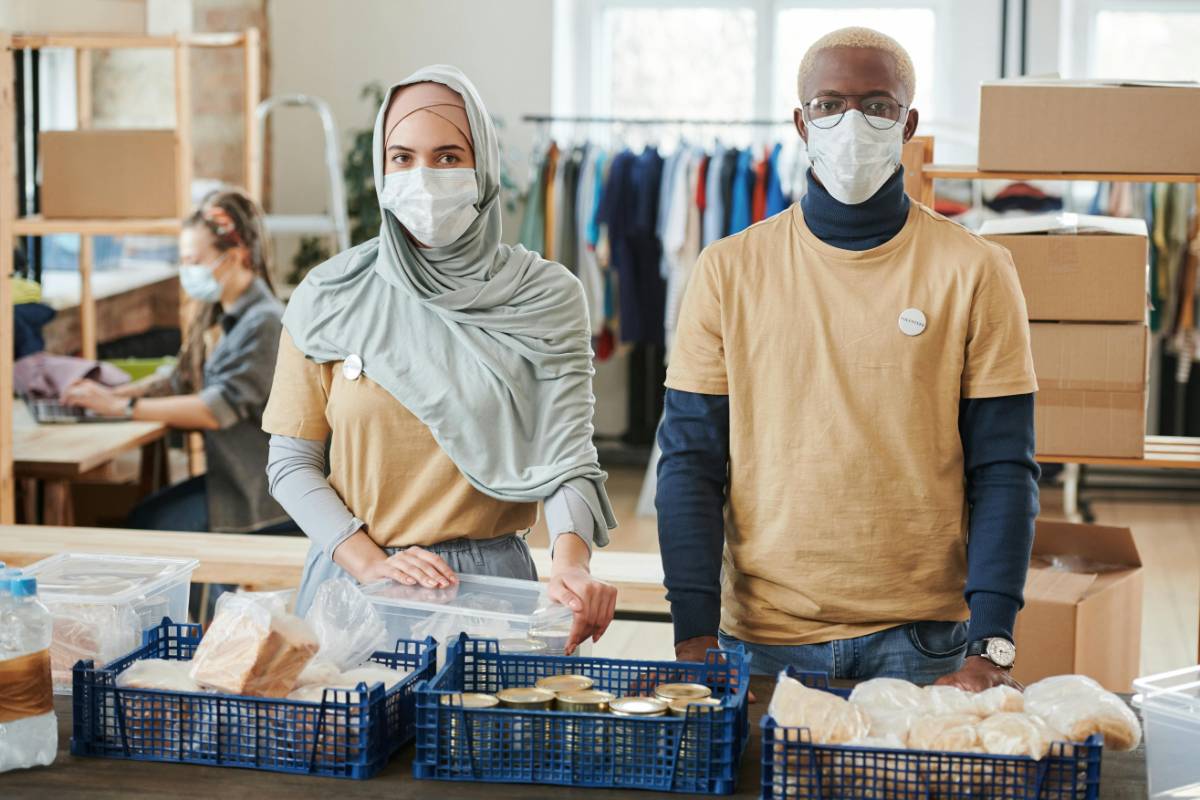
In times of disaster, whether natural or man-made, social media has proven to be an invaluable tool for coordinating relief efforts, providing immediate assistance, and keeping affected communities informed. The speed and reach of platforms like Twitter, Facebook, and Instagram have revolutionized how we respond to crises, enabling organizations, governments, and individuals to act quickly and efficiently.
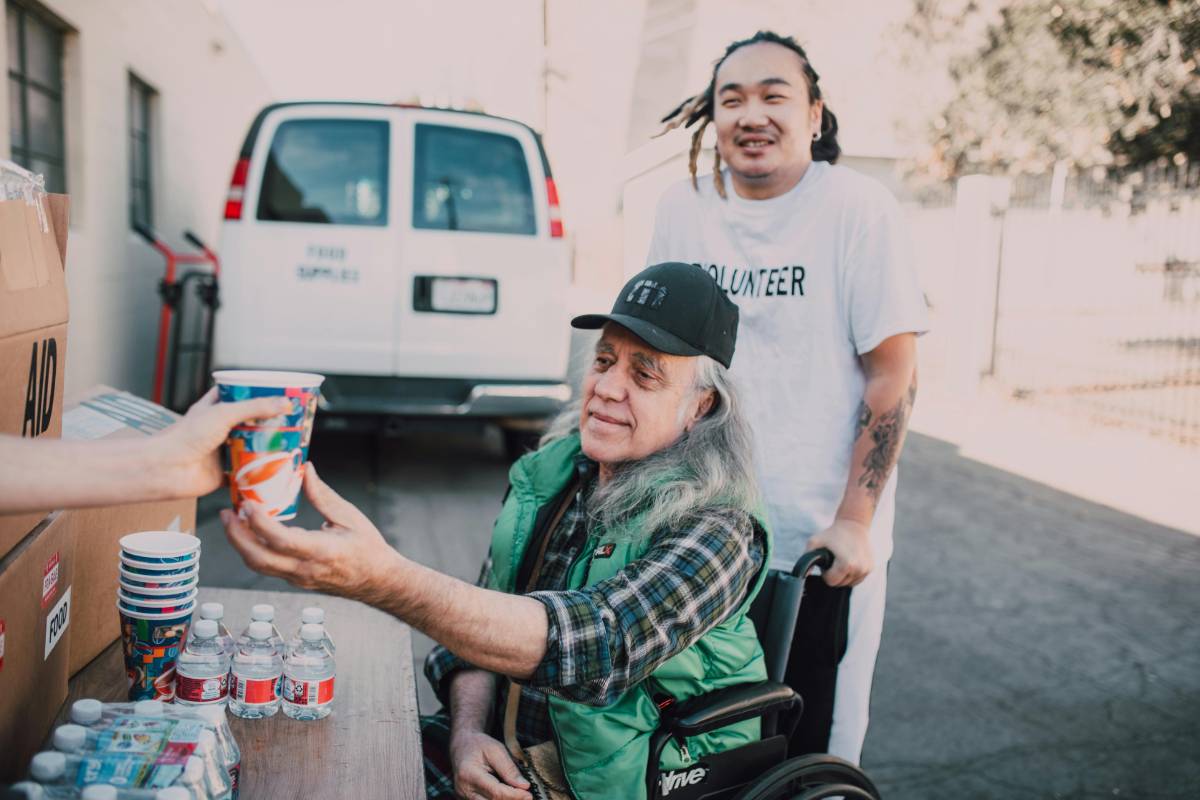 Real-Time Communication and Information Sharing
Real-Time Communication and Information SharingOne of the most significant roles social media plays in disaster relief is the ability to facilitate real-time communication. When a disaster strikes, information becomes crucial for both victims and responders. Social media platforms offer an immediate outlet for sharing news, warnings, and updates.
For example, during hurricanes, earthquakes, or wildfires, local governments, emergency services, and humanitarian organizations use Twitter and Facebook to provide timely alerts, evacuations, and safety tips. In many cases, these updates are more immediate and widespread than traditional media outlets, allowing communities to respond quickly.
Furthermore, social media provides a platform for people in affected areas to communicate directly with loved ones and the wider public. Survivors can post updates on their safety, request help, or provide information about missing persons. This direct line of communication helps in locating individuals and organizing relief efforts.
Crowdsourcing Aid and ResourcesSocial media has also become a powerful tool for crowdsourcing resources and aid during crises. Fundraising campaigns, donation drives, and volunteer coordination have all been greatly enhanced by platforms like GoFundMe, Facebook, and Twitter.
When disaster strikes, local and international relief organizations can quickly use social media to raise awareness about their needs and initiate donation drives. The ability to directly reach millions of people around the world has led to record-breaking amounts of charitable giving.
Hashtags like #PrayFor[Location] or #DisasterRelief[Year] have become symbols of solidarity and have helped people quickly identify campaigns or fundraising efforts that need attention. In addition to financial contributions, social media also allows individuals to offer resources like food, clothing, and shelter, often through local community groups or mutual aid networks.
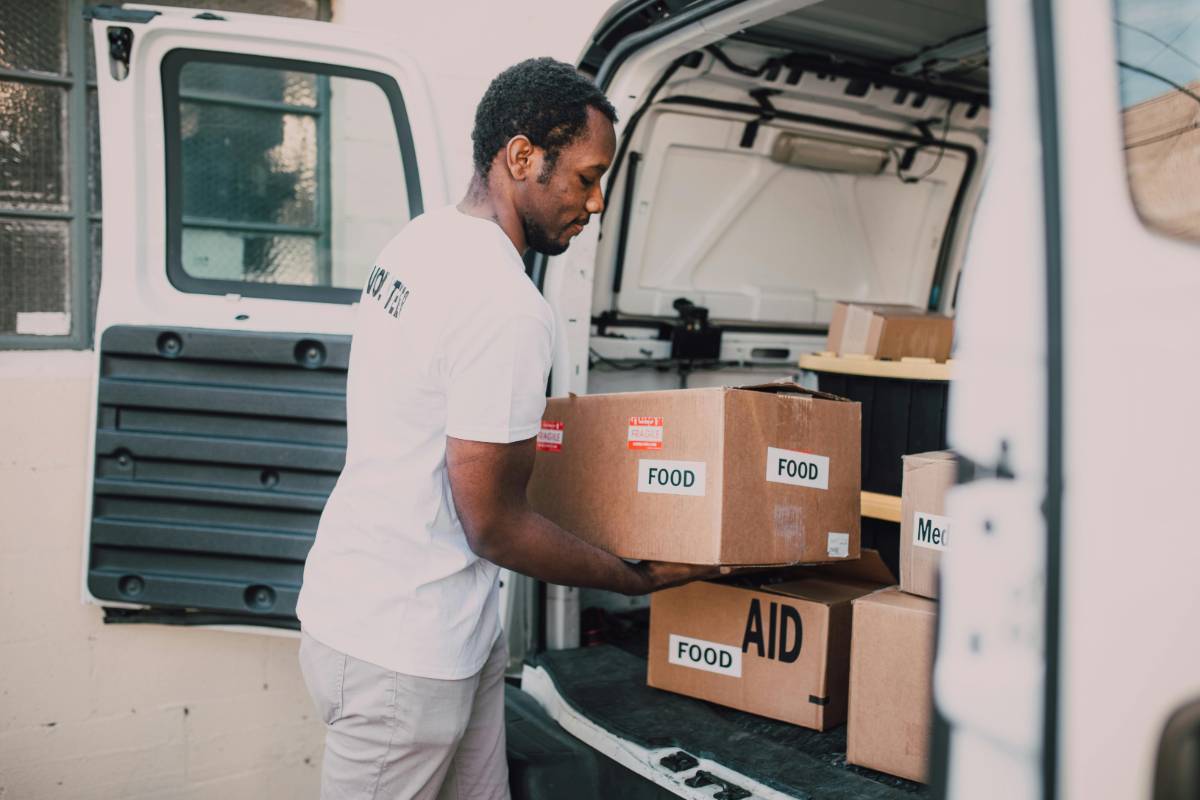
Beyond fundraising, social media plays a pivotal role in coordinating volunteer efforts. Platforms like Facebook, Instagram, and Twitter allow organizations and individuals to share volunteer opportunities in real-time, mobilizing people to respond immediately to the needs on the ground.
For instance, during the 2010 Haiti earthquake, the hashtag #HaitiRelief quickly gained traction, leading to an outpouring of support and coordinated volunteer efforts from people worldwide. Social media platforms allowed for the efficient organization of food distribution, medical aid, and other relief initiatives.
These platforms have also helped individuals organize local efforts by posting about the specific needs of their communities. Whether it’s sharing information on where to donate blood, how to volunteer at a shelter, or where to provide food to survivors, social media has become an essential tool for connecting people who want to help with those who need it most.
💡 Discover More from Social-Media
With the speed at which information travels on social media, it can be challenging to verify the legitimacy of donations or aid distribution efforts. However, some organizations are now leveraging social media to track and manage aid efficiently. Using hashtags and dedicated pages for specific relief campaigns, NGOs can track funds, supplies, and volunteers, ensuring they are directed where they are needed most.
Moreover, the visibility provided by social media allows the public to hold organizations accountable. Relief efforts that are visible online are subject to greater transparency and scrutiny, which can help reduce fraud and ensure that donations are being used effectively.
Spreading Awareness and AdvocacySocial media plays a critical role in spreading awareness about disasters and advocating for help, even in the aftermath of a crisis. Often, affected areas may face long-term challenges such as rebuilding efforts, mental health support, and recovery, which can be overlooked by mainstream media.
Through social media, individuals and organizations can continue to advocate for ongoing relief and support, amplifying voices that might otherwise go unheard. Advocacy campaigns on social media can also raise awareness about the underlying issues contributing to the disaster, such as climate change, poverty, or political instability, and push for long-term solutions.
Disaster Preparedness and PreventionBeyond post-disaster relief, social media also plays a crucial role in disaster preparedness and prevention. Communities and governments use these platforms to educate people about emergency preparedness, teach survival skills, and inform citizens about the steps they can take to mitigate risks.
For instance, in areas prone to floods or wildfires, authorities often use social media to send out reminders for evacuations, share emergency contact numbers, or provide information on building resilient infrastructure. Public service announcements are easily disseminated across social media platforms, helping to inform citizens about safety protocols in advance of disasters.
Limitations and ChallengesWhile social media has proven to be a powerful tool in disaster relief, it is not without its challenges. Misinformation and rumors can spread rapidly during crises, and false information can hinder relief efforts or cause unnecessary panic. This has prompted some platforms to develop fact-checking and misinformation warning systems to help mitigate these risks.
Furthermore, internet access and connectivity issues in disaster-stricken areas can limit the effectiveness of social media in some cases. In such situations, the digital divide can further exacerbate the challenges faced by affected communities.
ConclusionSocial media has revolutionized disaster relief and community aid, offering unprecedented opportunities for coordination, communication, and mobilization. From real-time updates to crowdsourcing donations and volunteer efforts, these platforms play a critical role in responding to crises. However, they also present challenges, including misinformation and connectivity issues. Despite these hurdles, social media remains a powerful tool for improving disaster preparedness, raising awareness, and ultimately providing aid to those in need.
Stay Informed
Get the latest and most accurate news delivered straight to your inbox. Subscribe now and never miss an update.

Jyoti Prakash
An insightful voice in the industry, crafting content that informs, inspires, and connects with readers.
View all articles →Continue Reading
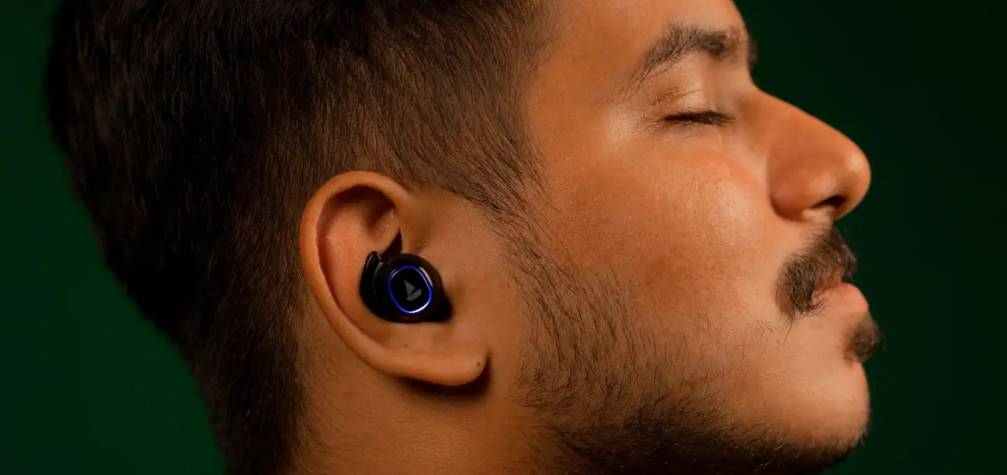
Hollywood
Wireless Freedom: Discover the Best Earbuds for On-the-Go Listening
By David Thompson
05 Oct 2024

Travel
How to Make Corporate Travel Less of a Chore and More of a Pleasure
By Olivia Mitchell
16 Sep 2025

Social-Media
Why TikTok’s Duet Feature Is the Ultimate Tool for Going Viral
By Olivia Mitchell
24 Apr 2025

Social-Media
How to Use TikTok Sounds to Skyrocket Your Social Media Engagement
By James Carter
08 Apr 2025

Travel
Corporate Travel Gone Wrong: Stories That Will Make You Laugh and Learn
By Samantha Lee
04 Sep 2025

